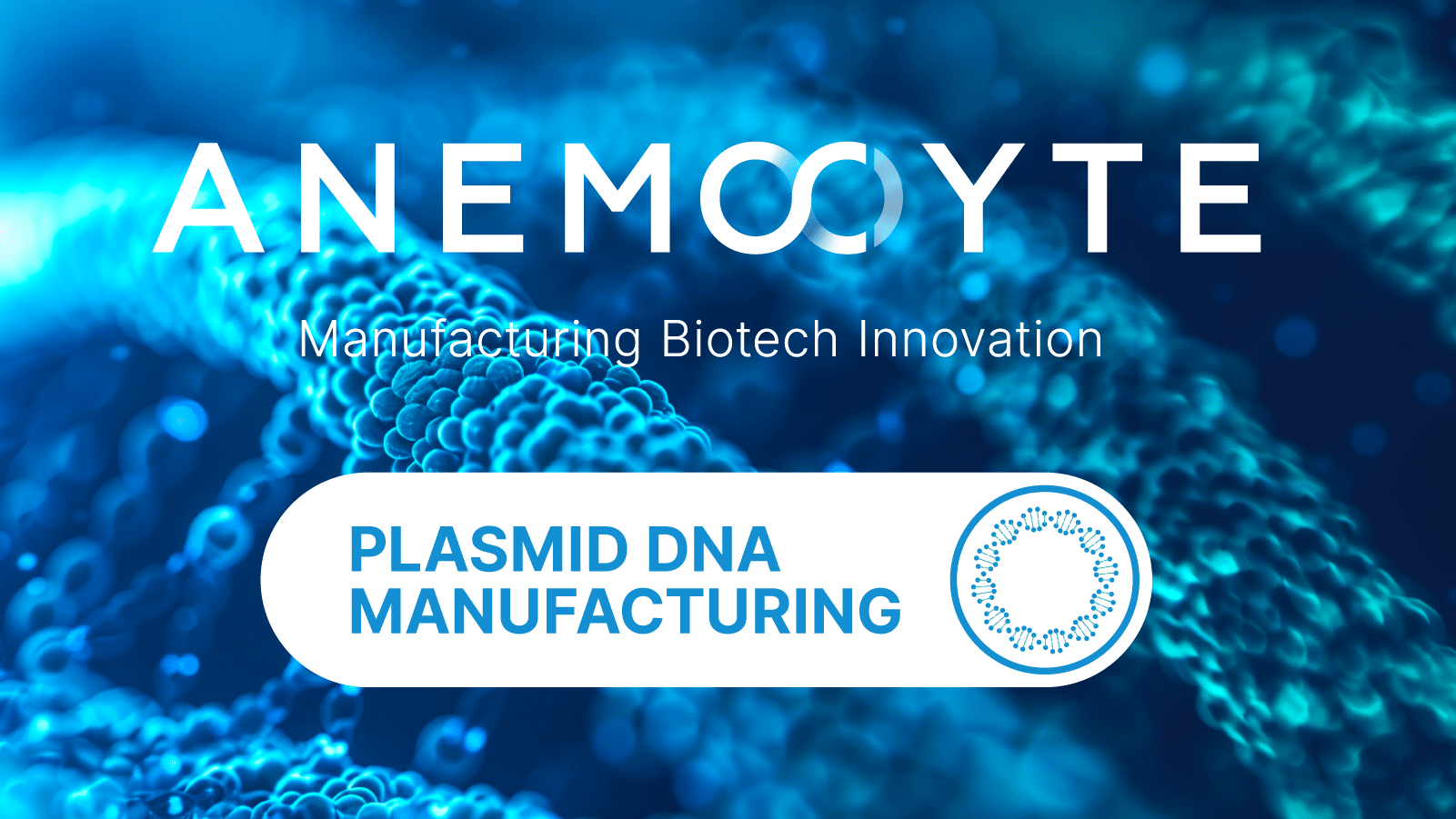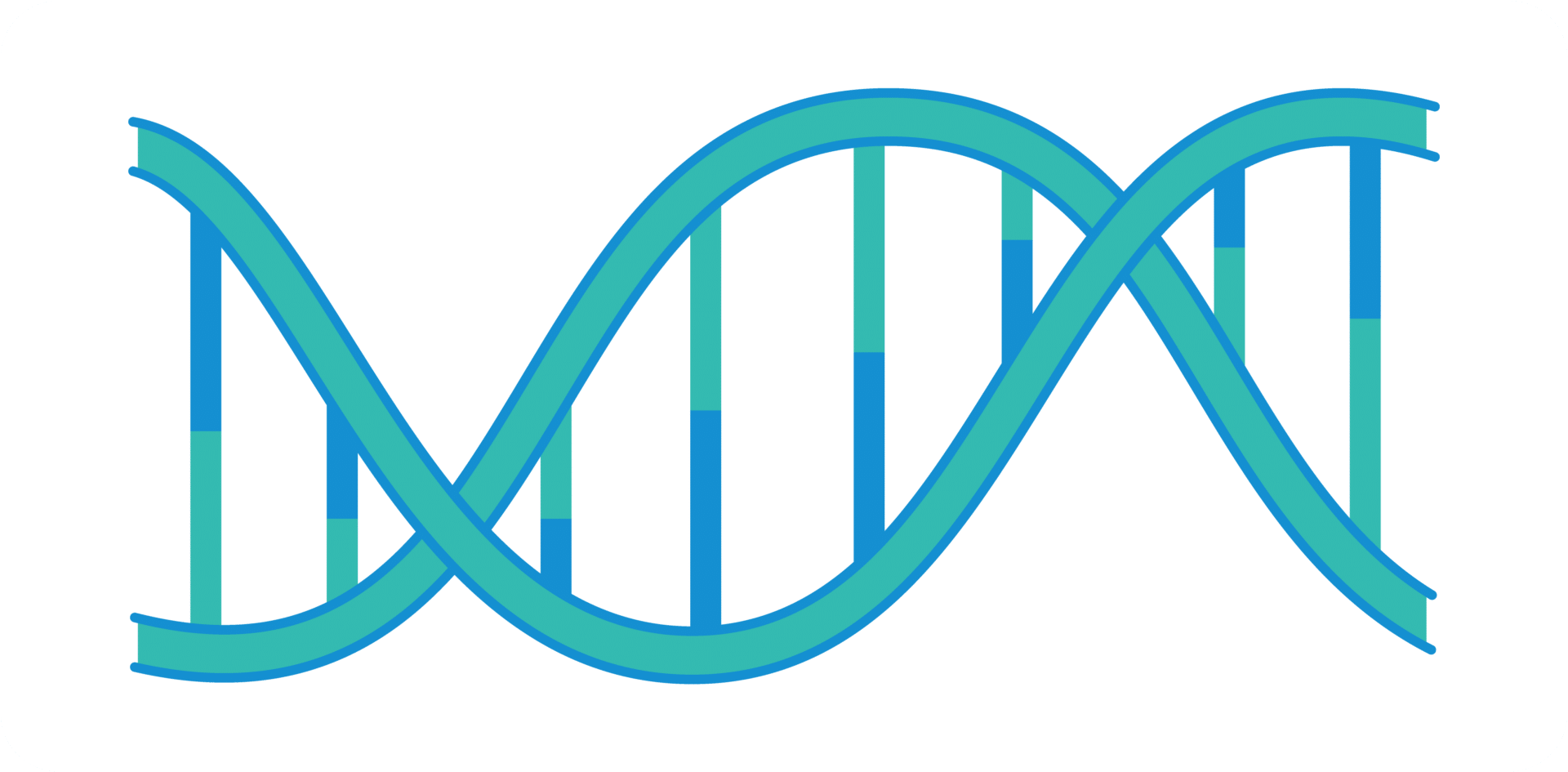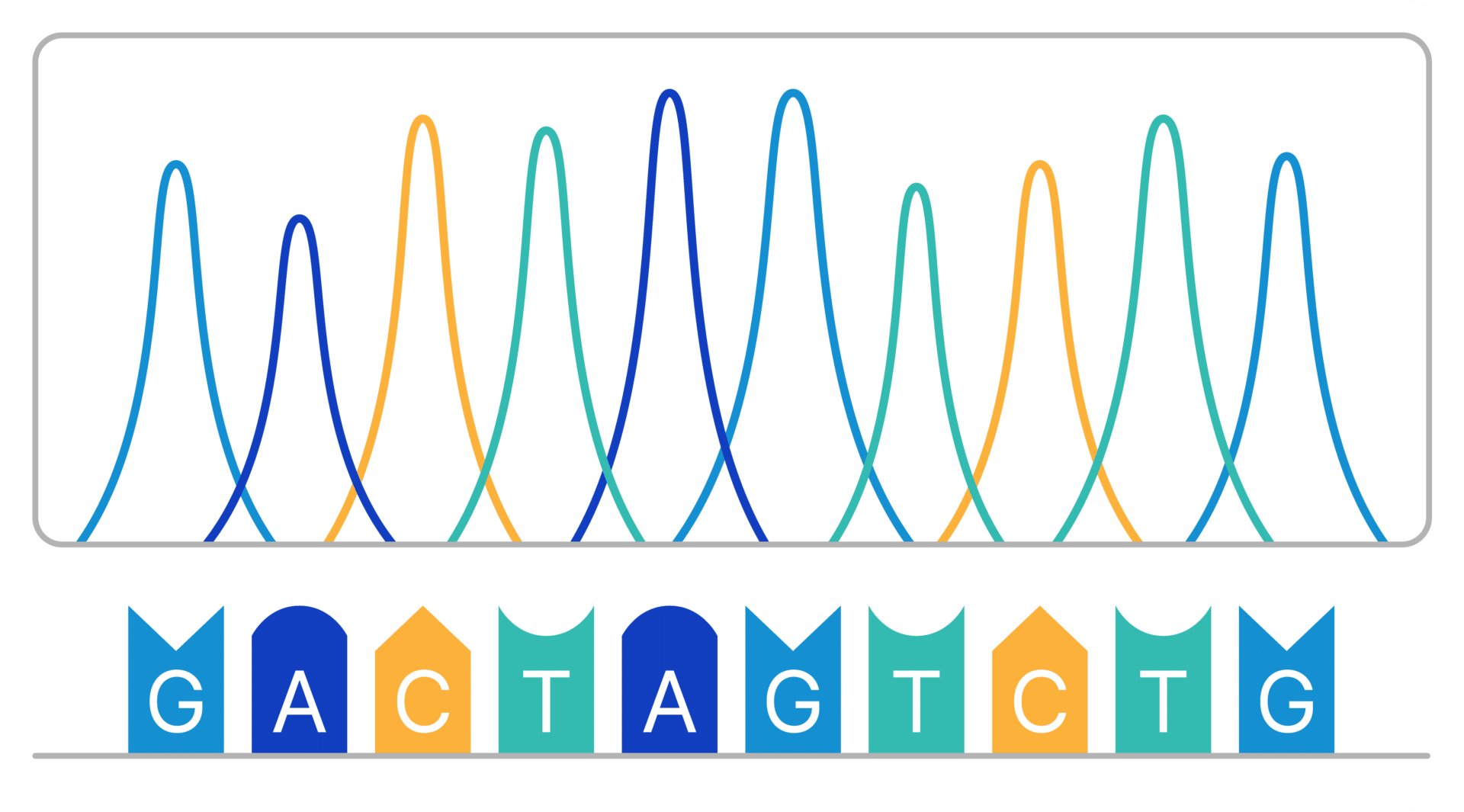
Pioneering Gene Therapy with plasmid DNA
The advent of gene therapy, rooted in the breakthroughs of recombinant DNA technology in the late 1980s, has reached a pivotal moment. With the culmination of the Human Genome Project, we now see the first wave of gene therapies gaining approval from regulatory bodies such as the European Medicines Agency (EMA) and the U.S. Food and Drug Administration (FDA). Crucial to this innovation is the plasmid DNA.
Plasmids: Key Vectors in Therapeutic Development
Plasmids, circular DNA molecules, possess the unique capability of independent replication. This characteristic makes them invaluable in pharmaceutical research, especially as vectors for therapeutic genes and in the development of mRNA-based vaccines. The reliable production and sequencing of plasmids are critical in addressing the increasing demand for novel treatments, particularly for conditions currently lacking effective therapeutic options.

The Impact of DNA Sequencing
DNA sequencing has emerged as a cornerstone technology in this arena. Sequencing involves determining the precise order of nucleotides—adenine (A), thymine (T), cytosine (C), and guanine (G)—that comprise DNA. These nucleotides encode genetic information, with their sequence determining the unique characteristics of an organism.
Advanced Techniques in Plasmid Sequencing
The process of sequencing a plasmid DNA begins with the isolation and purification of its DNA. Advanced techniques like Sanger sequencing then come into play, enabling the rapid and detailed analysis of these genetic structures. Sanger sequencing, a method named after its inventor, relies on the synthesis of DNA strands by DNA polymerase. In laboratory conditions, complementary strands to the DNA of interest are synthesized, incorporating fluorescently labeled dideoxynucleotide triphosphates (ddNTPs) at terminal positions. These labeled nucleotides allow sophisticated software to detect the dye, thus revealing the sequence of bases in the DNA strand.

The Broader Impact of Plasmid Sequencing
The significance of plasmid sequencing extends beyond mere laboratory methodology. It embodies the convergence of human curiosity and the vast potential of biological science. As we continue to decode the genetic blueprints of life, we are poised to witness unprecedented advancements in medical treatments, highlighting the profound impact of science on our daily lives.
Plasmid sequencing not only propels the field of gene therapy forward but also symbolizes the broader narrative of discovery and innovation in biomedicine, promising a future where the possibilities of scientific endeavour are as boundless as life itself.